The president of the National Farmers’ Union (NFU) has warned he cannot rule out food shortages if farmers go on strike.
“I think they [the public] should be surprised, but I can’t rule it out,” Tom Bradshaw told Sky News’ business and economics correspondent Gurpreet Narwan.
Dozens of tractors thundered around the streets outside Parliament in protest against the government’s changes to inheritance tax for farmers.
Politics latest: Keir Starmer and Kemi Badenoch clash over immigration at PMQs
Thousands of people joined the demonstration outside Downing Street against the budget, which farmers fear will damage their businesses, and futures and put food security at risk.
The tractors, which drove around Parliament Square, featured signs reading: “No farmers, no food”, “Starmer farmer harmer” and “Save british farming”.
Chancellor Rachel Reeves’ first budget included plans to introduce a 20% tax on inherited agricultural properties worth more than £1m, as well as a faster phaseout of EU-era subsidies in favour of environmental payments.
After giving evidence to MPs on the Environment, Food and Rural Affairs select committee, Mr Bradshaw said: “If we’ve got to, we will carry on protesting through to the spring.
“The public have done nothing wrong. We absolutely have to have their support. I really don’t want them to get caught in the eye of this storm.
“Making sure we don’t cut off their supplies, and we keep the public on our side, is essential to making sure the government has to listen.”
He added: “The sense of anger is one I’ve never known… it’s now down to the government. The ball is in their court. They could stop this tomorrow.”
Read more:
Sara Sharif’s father and mother found guilty
Documents found inside Assad’s abandoned home
‘Medical misogyny’ leaving women in gynaecological pain
‘Just another kick in the teeth’
Will Elliot drove his tractor on the three-hour journey from his farm near Grafham, south of Guildford in Surrey, to attend the protest.
“The industry is already down on its knees and this is just another kick in the teeth,” said the 50-year-old, whose farm Whipley Manor Farm predominantly grows cereal crops and grass to make into hay.
“My family have been farming in Surrey for nine generations within about five miles. I’m the fourth generation to run our current farm.
“Obviously, the idea is that we want to pass it down to the next generation, but farmers are asset-rich, cash-poor.
“We’re not going to have the money to pay the inheritance tax. In Surrey, for instance, it doesn’t take much to reach the million pounds.”
Government ‘simply doesn’t understand’
Claire Fifield, 26, who lives and works in London but regularly takes time off to help her step-family run their farm in Amersham, Buckinghamshire, said her step-family are tenant farmers and do not own the land they farm.
They fear they won’t be able to pass the business down to future generations.
“The government simply doesn’t understand – a million pounds is nothing,” she said.
“I don’t think they have spoken to a single farmer, and especially I don’t think they’ve spoken to a tenant farmer.
“I think they looked at Jeremy Clarkson and went: ‘We’ll have him, we’ll take his money’.
“That’s fine – but don’t punish the people who have been farming these lands for generations.”
Downing Street reiterated the government’s view that only a small number of farmers will be affected by changes to inheritance tax.
Asked whether Prime Minister Keir Starmer had a message for farmers protesting in Westminster, his official spokesperson said: “This government recognises that food security is national security; that’s why we remain steadfast in our support for farmers.”










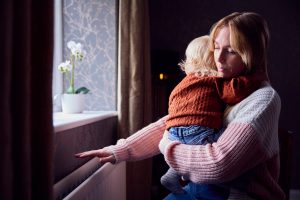
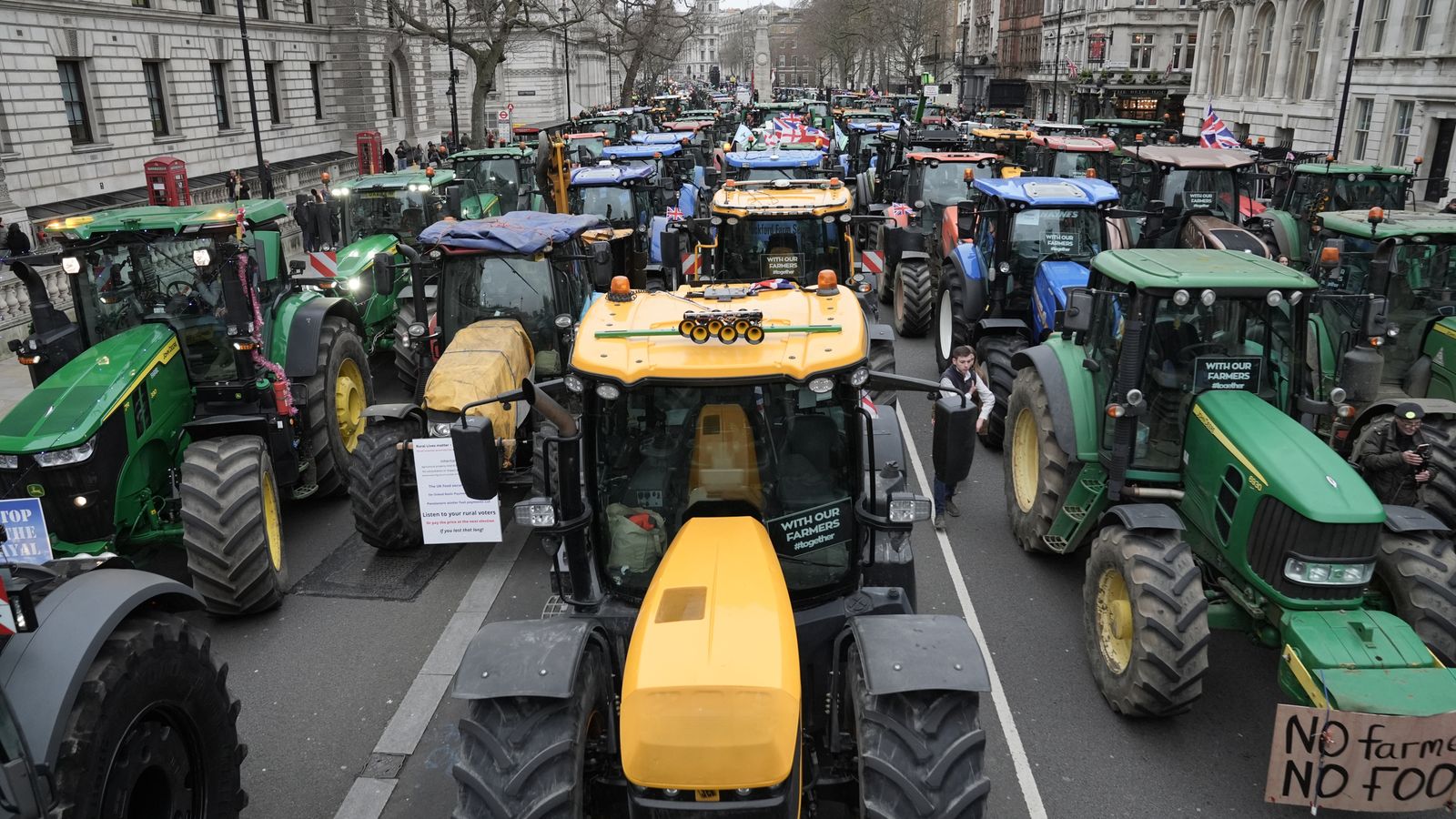





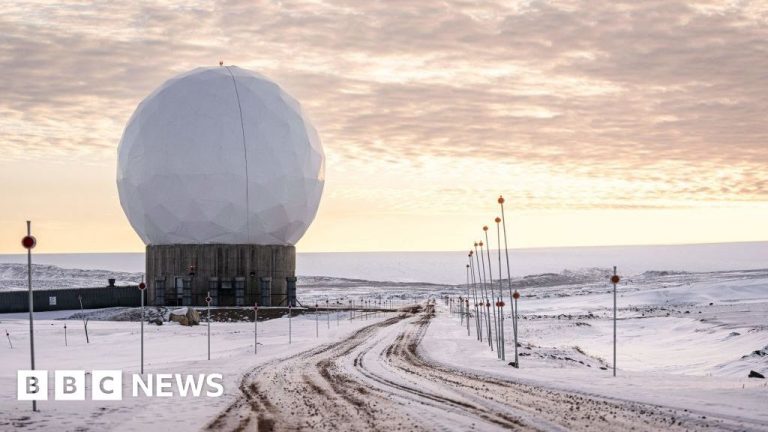
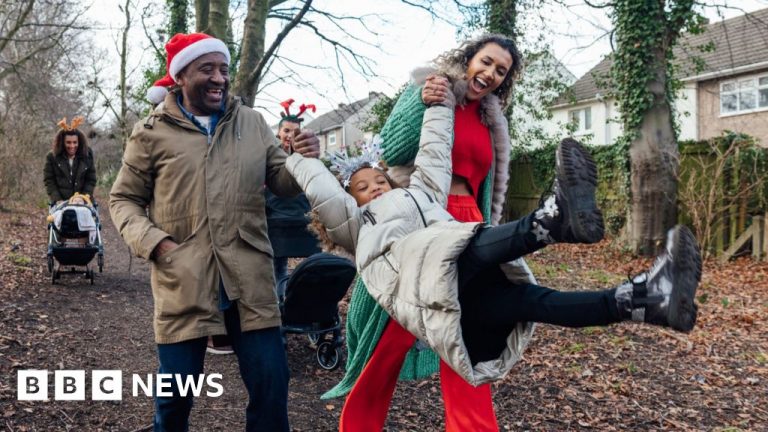

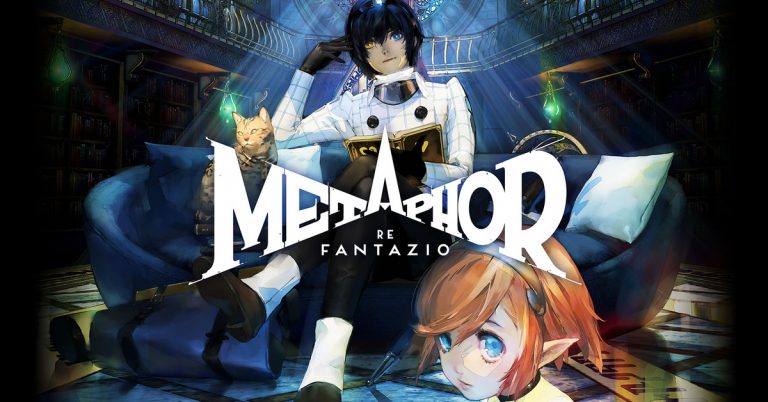
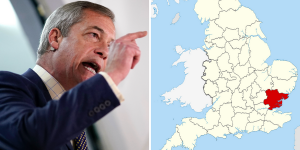
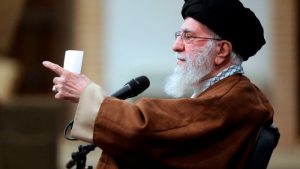
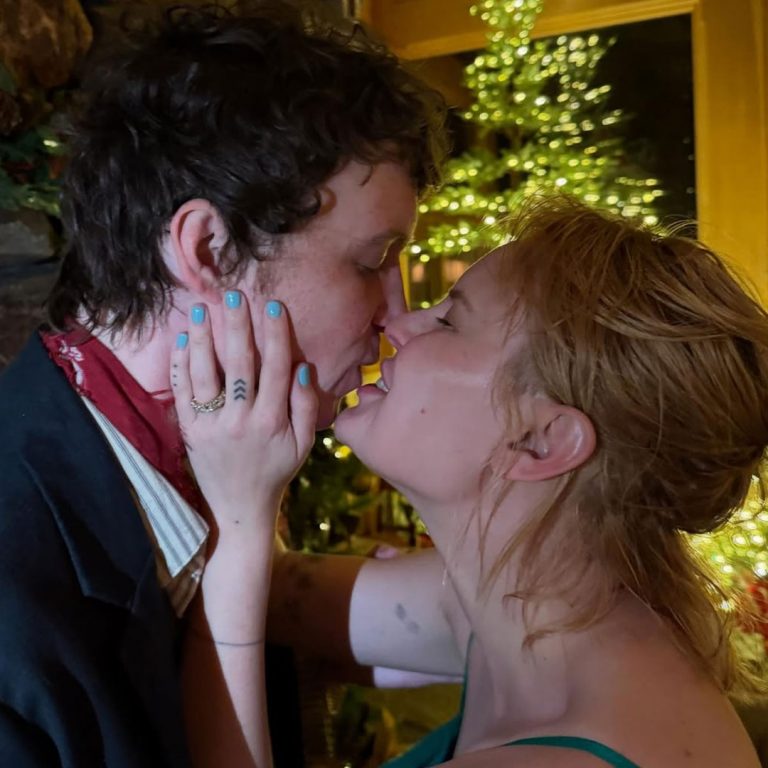
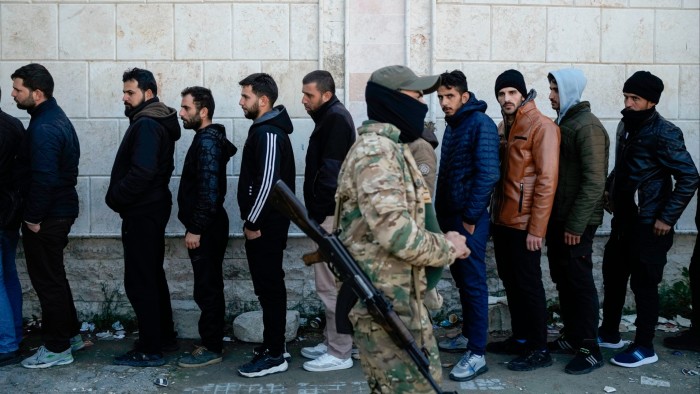
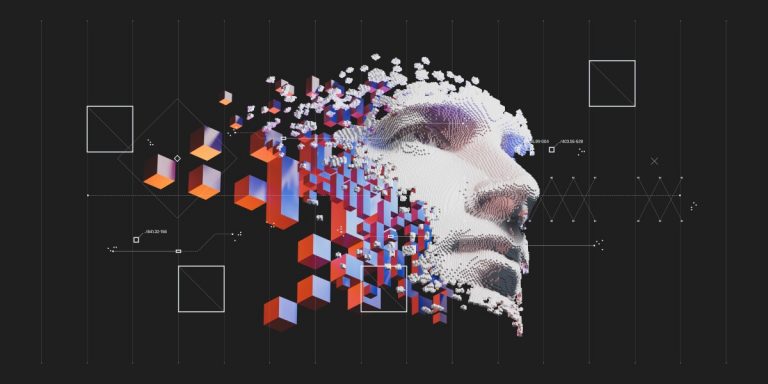
+ There are no comments
Add yours